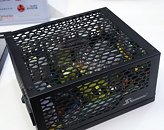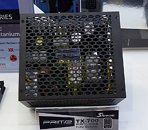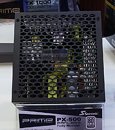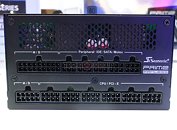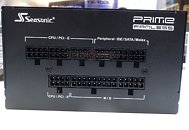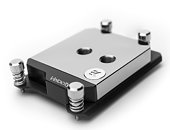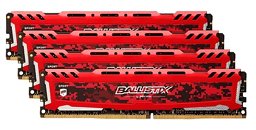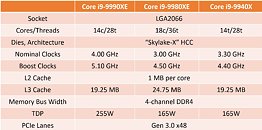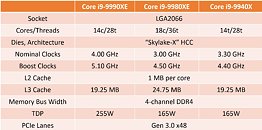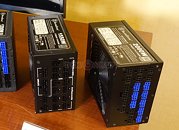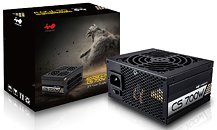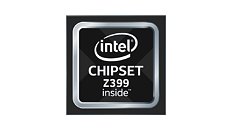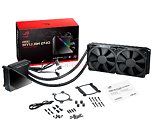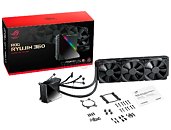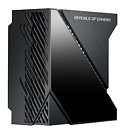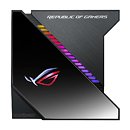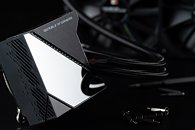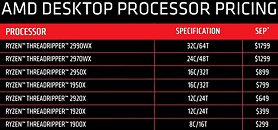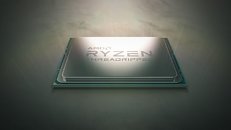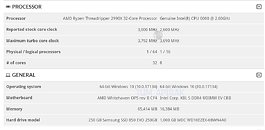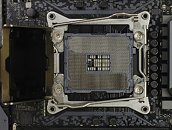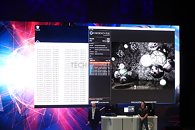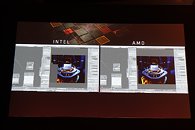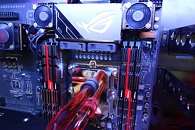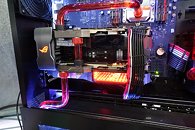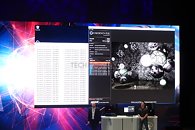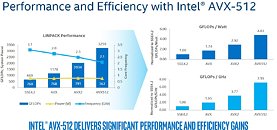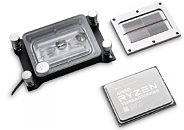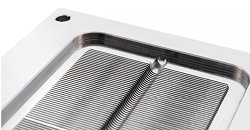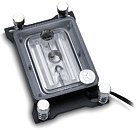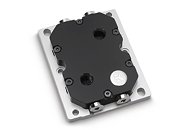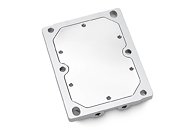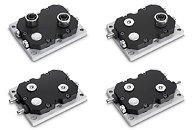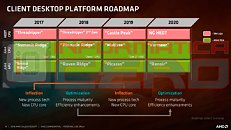
Seasonic Pushes the Fanless Envelope to 700W, Including 80 Plus Titanium
Each year we look forward to the next big fanless PSU. Seasonic did not disappoint this year, with the new Prime Fanless TX-700. This replaces the Prime Titanium Fanless 600W as the company's most powerful PSU of its kind. Its connectivity is updated to include two 4+4 pin EPS connectors, up to six 6+2 pin PCIe power, and up to twelve SATA power connectors. The best part? It holds onto its >94% 80 Plus Titanium efficiency even at 115VAC. Ripple noise suppression has been tightened to 20 mV, and micro-tolerance load regulation to 0.5%. Seasonic picked the choicest aluminium electrolytic capacitors, and worked on improving the thermals even further. The company backs their design effort with a 12-year warranty.
Seasonic also unveiled the compact 12 cm-long Prime Fanless PX-500 if your requirements aren't too steep. This 500W unit boasts of a respectable 80 Plus Platinum efficiency, the same ripple suppression and and MTLR features as its bigger sibling, and the same electrical/thermal protections. And you still get the 12-year warranty so the PSU outlasts everything else in your rig. The PX-500 has enough juice and straws for HEDT, with two 4+4 pin EPS, and four 6+2 pin PCIe.
Seasonic also unveiled the compact 12 cm-long Prime Fanless PX-500 if your requirements aren't too steep. This 500W unit boasts of a respectable 80 Plus Platinum efficiency, the same ripple suppression and and MTLR features as its bigger sibling, and the same electrical/thermal protections. And you still get the 12-year warranty so the PSU outlasts everything else in your rig. The PX-500 has enough juice and straws for HEDT, with two 4+4 pin EPS, and four 6+2 pin PCIe.
